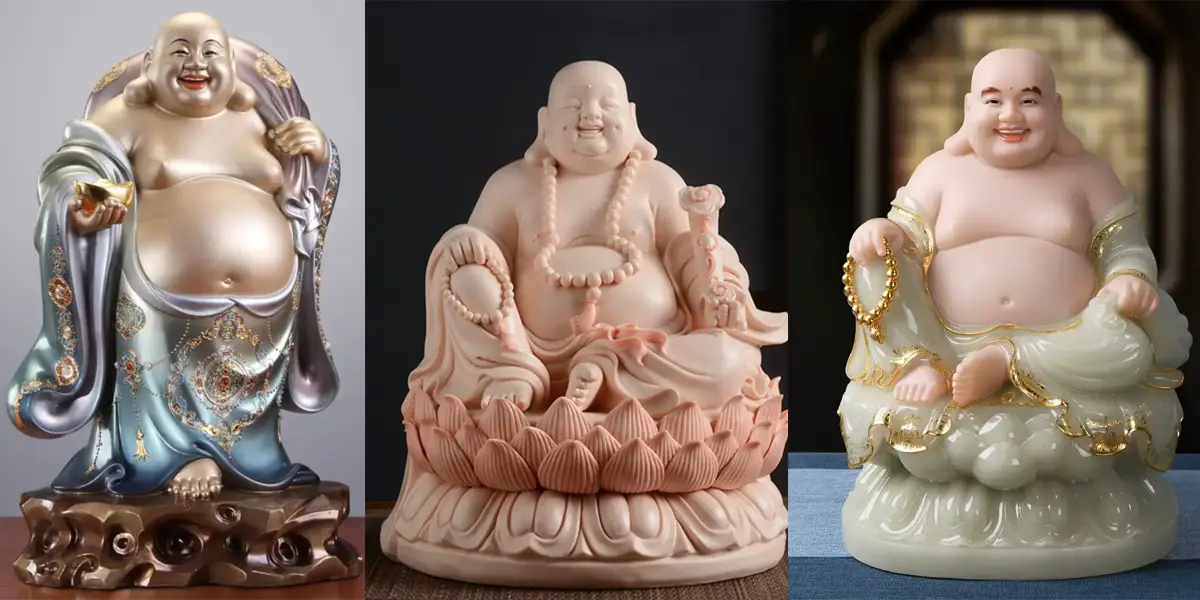
Table of contents
In modern life, we are increasingly paying attention to the impact of home environment on our daily lives, and in this pursuit of harmony and happiness, feng shui, as an ancient and profound wisdom, is once again valued. Among them, the Laughing Buddha sculpture, as an important element in feng shui, not only carries the heritage of traditional culture, but is also highly favored for its unique symbolic meaning. Placing Laughing Buddha sculptures at home is seen as a practice that attracts positive energy, brings happiness, wealth, and harmony. This article will take “Laughing Buddha at Home Vastu” as the theme to explore in depth the placement principles and meanings of Laughing Buddha sculptures in home vastu
1. Origin of Laughing Buddha



The origin of Laughing Buddha originates from Buddhist legends, and through the combination of Zen thought and the development of folk beliefs, it has formed a unique image that symbolizes happiness, compassion, and carefree. The emergence of Laughing Buddha not only has profound cultural connotations in Buddhist tradition, but also has become one of the symbols widely spread and accepted in Chinese culture.
The legend of Maitreya Bodhisattva (Maitreya Buddha):
Future Buddha: Maitreya Bodhisattva is a future Buddha in Buddhist scriptures, believed to be the Bodhisattva who, after Shakyamuni Buddha, will become a Buddha and save all beings in the future. The appearance of Maitreya Bodhisattva is related to Shakyamuni Buddha, who is regarded as the embodiment of compassion and is willing to reincarnate in order to enlighten sentient beings.
The image of Maitreya Bodhisattva usually symbolizes selfless compassion and the desire to save sentient beings. His arrival is believed to bring happiness, joy, and wisdom, therefore it is related to auspiciousness and fortune.
The evolution of Laughing Buddha:
Zen influence: The image of Laughing Buddha began to appear in Chinese Zen Buddhism. Zen emphasizes direct experience of comprehension, rather than relying on textual classics. The image of Laughing Buddha conforms to the pursuit of Zen’s open-minded, optimistic, and unrestrained attitude towards life, thus gradually integrating with Zen thought.
Folk beliefs: The image of Laughing Buddha gradually permeates into the beliefs of ordinary people. People long for happiness, wealth, and smoothness, and the image of Laughing Buddha has become a symbol of auspiciousness, happiness, and carefree faith.
Changes in image characteristics: The image of Laughing Buddha gradually evolved into a kind and complete image of a fat monk, usually carrying a bag, holding prayer beads, and showing a brilliant smile, symbolizing transcendence of worldly troubles.
Folklore and artistic expression:
Folklore: In some folklore, Laughing Buddha is depicted as a deity who roams around, resolves troubles, and brings good luck. He often has a close connection with the secular world, bringing blessings and luck to people.
Artistic expression: The image of Laughing Buddha is not only widely expressed in sculpture, but also in various art forms such as painting, opera, and literary works, becoming a unique and artistic expression in Chinese culture.
2. Laughing Buddha Types and Meaning


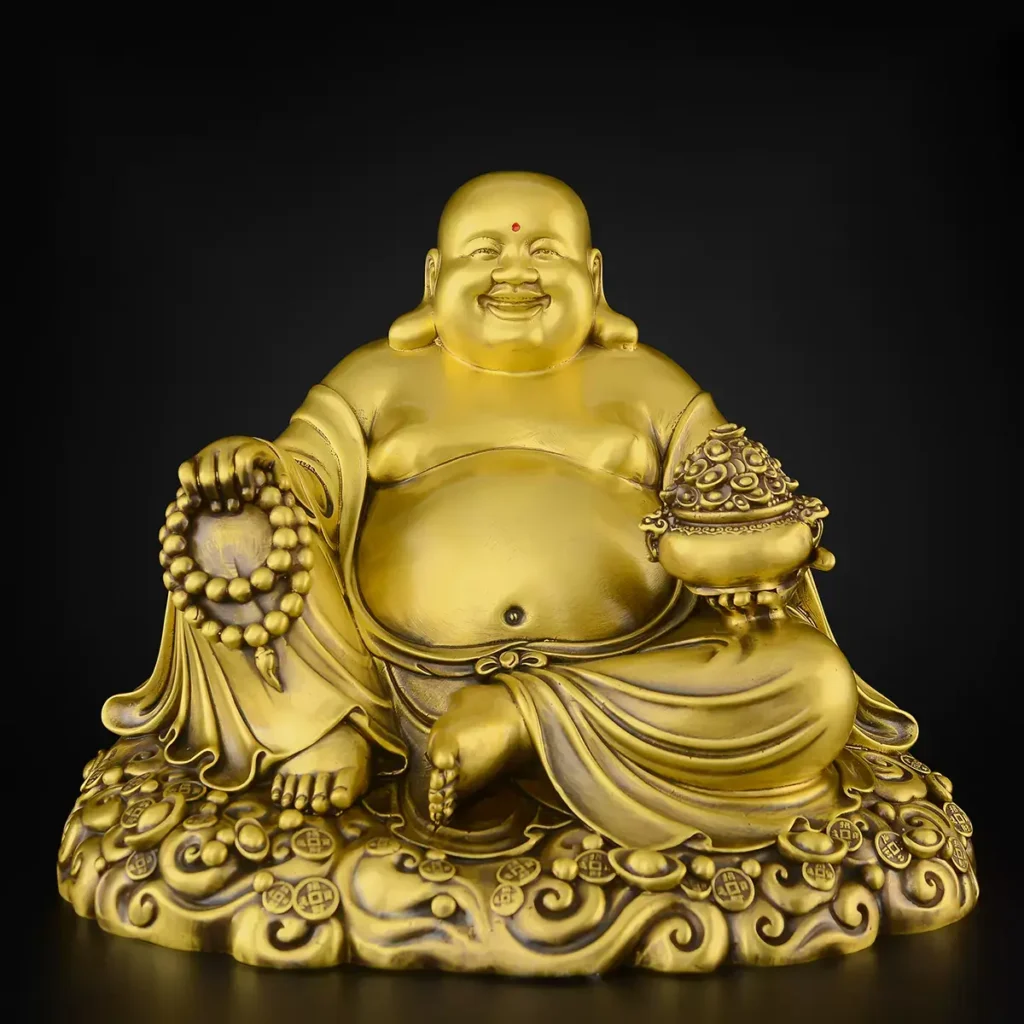
laughing buddha statues with children
This kind of Fat Laughing Buddha Statue depicts Laughing Buddha with several children. According to Chinese Zen mythology and folk legends, when the Baggy Monk roams the village, the children often surround him, full of laughter and noise. Such sculptures are believed to bring fertility and good luck to children, and when placed at home, they symbolize family happiness.
laughing Buddha with fans
The sculpture of smiling Buddha holding a fan is placed at home and in the office to ensure that there is no bad luck around them. The fan in his hand is believed to possess magical powers similar to a wand, able to escape the misfortunes that brought him home.
Laughing Buddha with beads
The sculpture of a monk holding prayer beads brings wealth, health, and abundance. As the bead string also symbolizes meditation, the smiling Buddha sculpture with prayer beads brings a peaceful and positive atmosphere to the residence.
Laughing Buddha with bowls
The sculpture of Laughing Buddha and Bowl together emphasizes his qualities as a monk who dedicates his life for the benefit of the world. He collects good luck and prosperity with a bowl, and then spreads it around.
Laughing Buddha With Gold Ingots
Some Laughing Buddha sculptures depict him standing upright, with both hands raised high, holding a gold ingot. In this posture, he attracts tremendous good luck and prosperity from the sky, bringing endless luck to the people on earth.
Laughing Buddha With Sack
Among the other Laughing Buddha sculptures used for home decoration, some have him carrying a bag on his back. In this form, he collects all the pain from wherever he goes, puts it in a bag, and then replaces it with something luxurious and positive.
Meditation Laughing Buddha Statue
The Laughing Buddha placed at home or in the office as a meditation monk emits a peaceful vibration, helping you focus on tasks. When someone enters space, it is filled with positive energy, making the mind immediately feel peaceful.
Laughing Buddha With Different Animals
In innovative Laughing Buddha sculptures, you will also discover monks with different animals. The Laughing Buddha sculpture with the dragon shaped turtle helps students and working people succeed in everything they do, eliminating all obstacles along their path. The Laughing Buddha sculpture, together with the elephant symbolizing wisdom and prosperity, represents the smartest member of the animal kingdom, symbolizing wisdom and prosperity. When together with fish, the Laughing Buddha sculpture will bring financial benefits and health.
3. The Meaning of laughing buddha at home vastu
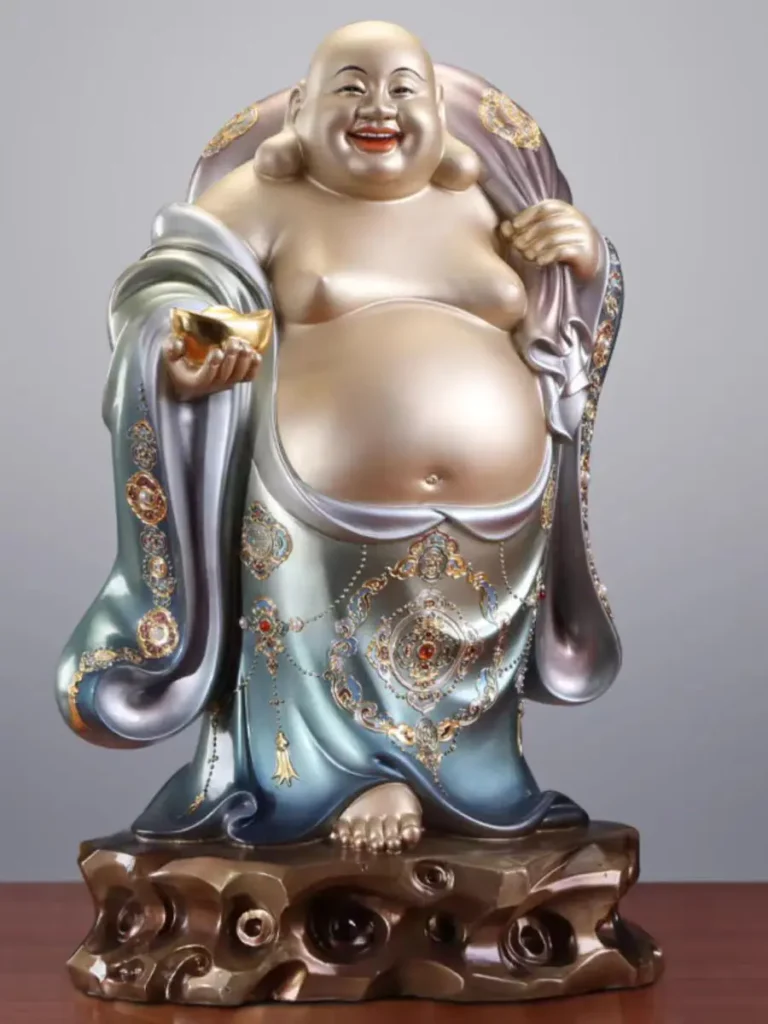
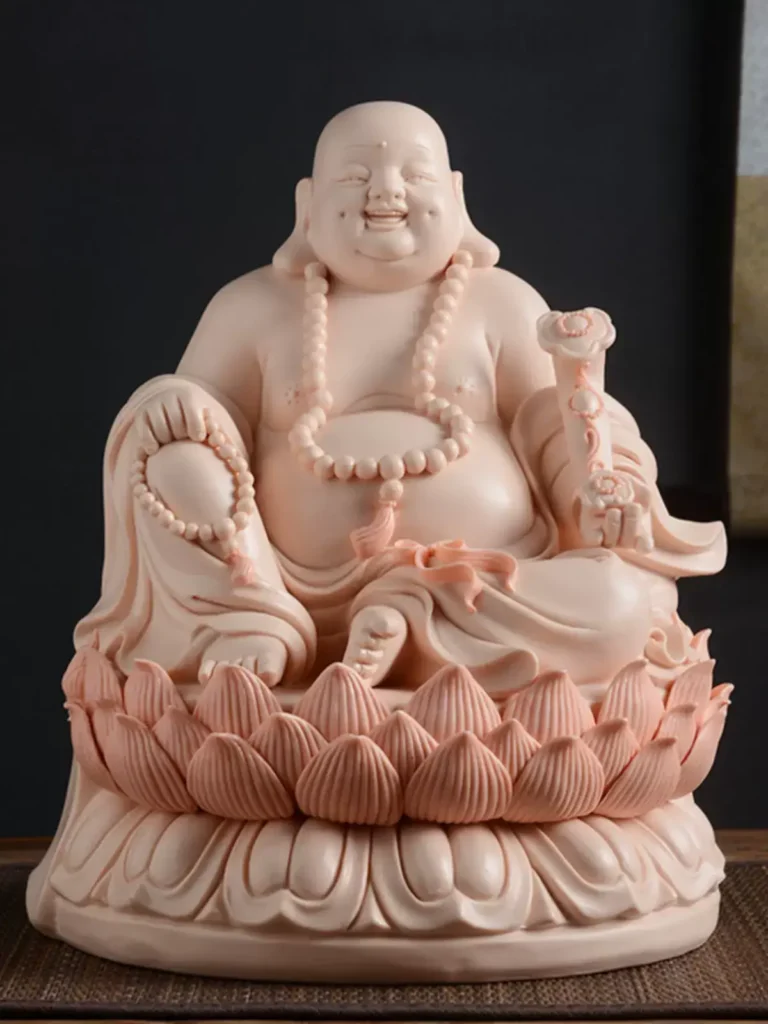

Laughing Buddha for Happiness: The Laughing Buddha sculpture is considered a symbol that attracts happiness. His brilliant smile and cheerful image convey a joyful and optimistic atmosphere, which helps to attract positive energy. Placing Laughing Buddha at home or in the office is believed to enhance the overall happiness of the environment and make people more positive and happy.
Laughing Buddha for Money and Wealth: Laughing Buddha sculptures are often used as symbols of wealth and blessings. Especially when Laughing Buddha holds a gold ingot or carries a bag, it emphasizes the meaning of wealth. Placing it at home or in a workplace is believed to attract wealth, prosperity, and commercial success, creating a prosperous life.
Laughing Buddha for Peace: The Laughing Buddha sculpture is also considered a symbol of bringing peace and tranquility. His meditative posture and compassionate face transmit a peaceful energy, helping to relieve stress and calm tension. Placing Laughing Buddha in the bedroom or near the entrance is believed to create a peaceful and harmonious family environment.
Laughing Buddha for Prosperity: Laughing Buddha sculptures are often seen as symbols of prosperity and prosperity. The gold ingot in his hand or the bag he carries symbolizes the accumulated and reserved energy, which helps to create a prosperous life. Placing Laughing Buddha in the workplace is believed to bring business success and career development.
Laughing Buddha for Success: Laughing Buddha sculpture is related to success, especially in career and academic aspects. His meditative image brings peace and focus, which helps improve work efficiency. Placing Laughing Buddha in a desk or study is believed to attract success and wisdom, helping to achieve goals and desires.
4. The Placement of laughing buddha at home vastu

- Placement at the entrance:
Laughing Buddha is usually placed at the entrance of homes or workplaces to welcome positive energy. Suggest placing the Laughing Buddha near the entrance, but not directly facing the door, but sideways or diagonally. This helps to block negative energy while guiding positive energy into the room.
- High Altitude Placement:
Laughing Buddha sculptures can be placed in high places in the home, such as bookcases, the top of cabinets, or elevated positions. This helps to enhance the authority and energy of Laughing Buddha, while symbolizing the power of attracting wealth and blessings, and attracting positive energy.
- Placement in living room or office:
It is a common placement in the living room or office of a family. Placing it in the living room can bring joy and a positive atmosphere to the entire family, while in the office it helps to create a relaxed and enjoyable work environment.
- Not suitable for placement in the bedroom:
Laughing Buddha is usually not suitable to be placed in the bedroom because the bedroom is a place for rest and energy accumulation, and the vitality and joyful atmosphere of Laughing Buddha may not be suitable for this private space.
- Avoid facing the bed directly:
If it is necessary to place the Laughing Buddha in the bedroom due to space layout reasons, it should be avoided to directly face the bed. You can adjust the direction by placing it on the cabinet next to the bed or diagonally facing the bed.
- Combining with financial position:
If the placement of Laughing Buddha is to attract wealth and blessings, it can be placed in the financial position of the home. Wealth position is a specific direction in Feng Shui related to wealth and prosperity, usually located in the southeast corner of a home.
- Avoid damage and dirt:
Laughing Buddha sculptures should be kept clean, undamaged, and kept away from dirt and dirt. Damaged Laughing Buddha may bring negative energy, so it should be repaired or replaced in a timely manner.
- Personal beliefs and preferences:
The most important thing is to choose the placement according to personal beliefs and preferences. Some people believe that placing Laughing Buddha in the easiest place to see can constantly remind themselves of a positive and upward attitude.
In family life, we often seek a peaceful and happy atmosphere to promote the happiness and integration of family members. By understanding “Laughing Buddha at Home Vastu“, we can more accurately place Laughing Buddha sculptures, guide positive energy, and create a positive and upward living environment. The Laughing Buddha sculpture is not only a decoration, but also a reflection of ancient wisdom, integrating happiness, wealth, peace, prosperity, and success into family life. Let Laughing Buddha become the guardian deity in our living space, injecting more joy and peace into our lives.

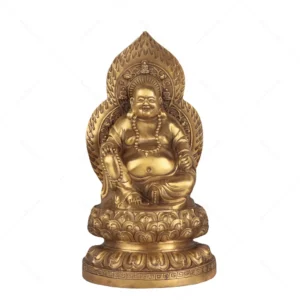
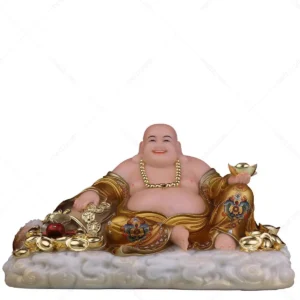
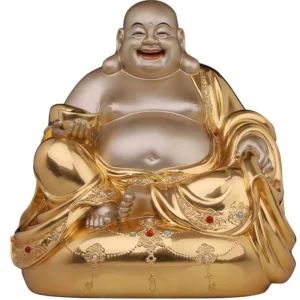
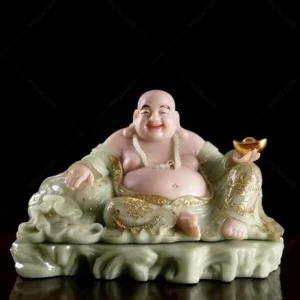
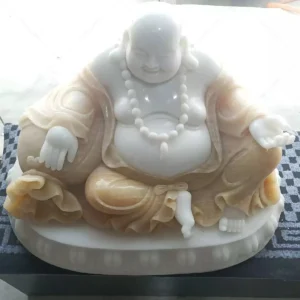
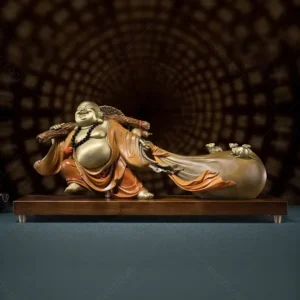
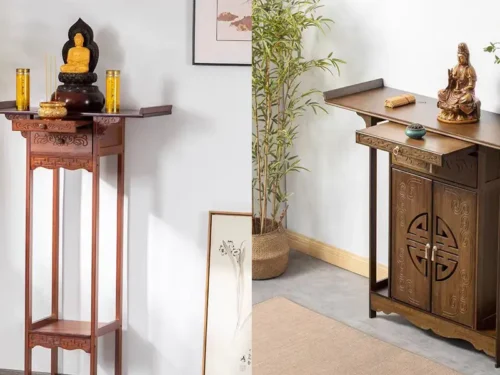
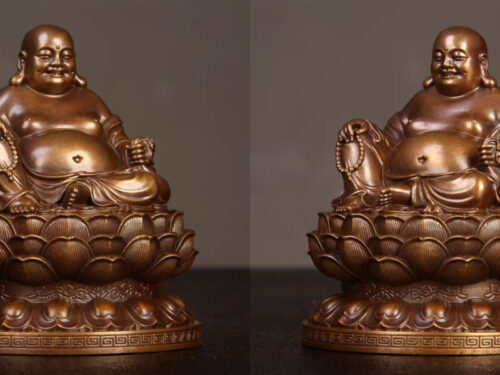


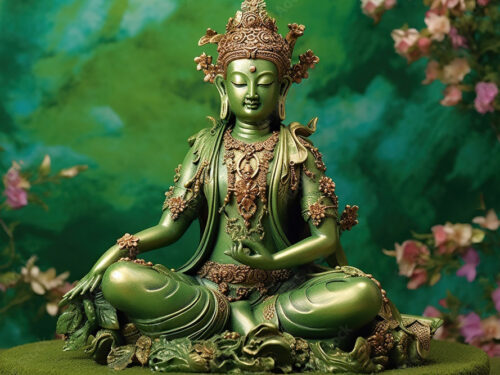
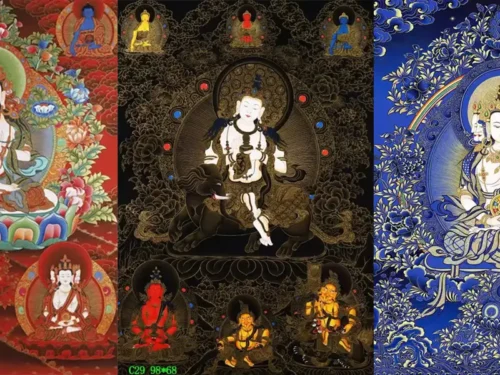
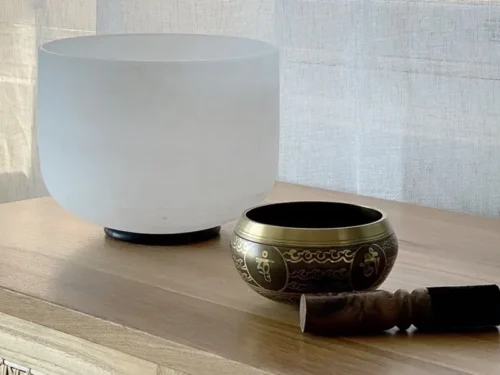
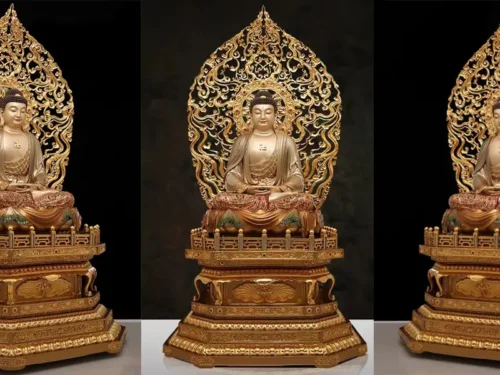

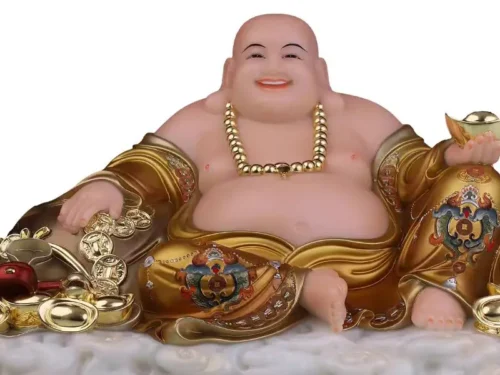

Rnady (Post author)
Your article is wonderful!I really like it, keep up the good work.